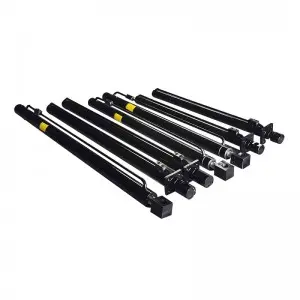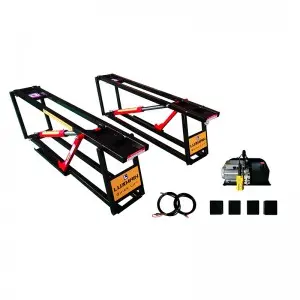Cylinders have played a significant role in human history, serving as a fundamental shape in various applications ranging from ancient engineering marvels to modern industrial processes. The shape of a cylinder, with its curved surface and two parallel circular bases, has made it a versatile and essential geometric form that has been utilized in diverse ways throughout the ages.

Exploring the History and Function of the Cylinder: From Ancient Egypt to Modern Engineering
One of the earliest known uses of cylinders can be traced back to ancient Egypt, where they were used in the construction of monumental structures such as the Great Pyramid of Giza. The cylindrical shape of the massive stone blocks allowed the builders to stack them on top of one another with ease, creating a stable and durable structure that has stood the test of time for thousands of years.

Exploring the History and Function of the Cylinder: From Ancient Egypt to Modern Engineering
In addition to their use in architecture, cylinders have also played a crucial role in the development of early machinery and mechanical devices. The invention of the piston cylinder in the 17th century revolutionized the way in which work could be done, paving the way for the Industrial Revolution and the modern era of engineering.
Today, cylinders are ubiquitous in a wide range of industries, from automotive and aerospace to manufacturing and construction. They are used in hydraulic systems to generate power, in engines to convert fuel into mechanical energy, and in pneumatic systems to control the movement of fluids and gases.
In the automotive industry, cylinders are a key component of internal combustion engines, where they house the pistons that convert fuel into motion. The number of cylinders in an engine can vary depending on the vehicle’s power and performance requirements, with some high-performance vehicles boasting as many as twelve cylinders.
Cylinders are also used in aerospace applications, where they can be found in aircraft engines, landing gear, and hydraulic systems. The precise engineering and machining of cylinders in these critical components are essential to ensure the safety and efficiency of air travel.

Exploring the History and Function of the Cylinder: From Ancient Egypt to Modern Engineering
In the field of manufacturing, cylinders are used in a wide variety of machines and equipment, from lathes and mills to presses and extruders. Their cylindrical shape allows for smooth and consistent movement, making them ideal for applications that require precision and reliability.
In construction, cylinders are used in hydraulic systems to power heavy machinery such as cranes, excavators, and bulldozers. The strength and stability of cylinders make them well-suited for lifting, pushing, and moving large loads with precision and control.
Overall, the cylinder is a simple yet essential geometric form that has played a crucial role in shaping human civilization. From the ancient Egyptians to modern engineers, the versatility and functionality of cylinders have made them indispensable in a wide range of applications. As technology continues to advance, the humble cylinder will undoubtedly continue to play a vital role in driving innovation and progress in the years to come.Cylinder


